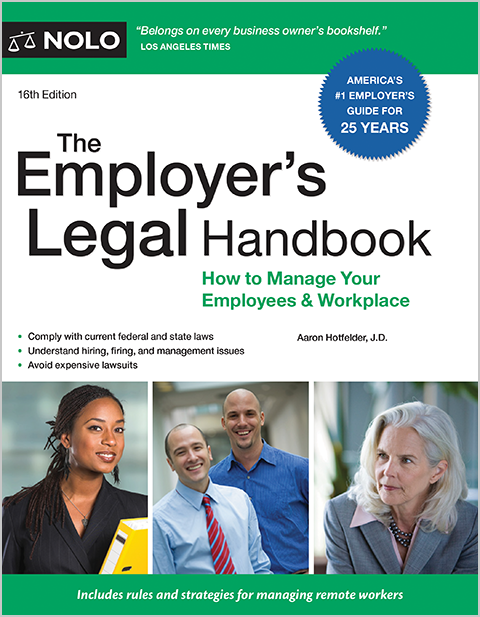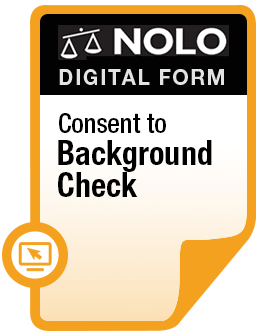A reader asks about the legality of gender-based dress requirements.
Employers often set dress codes to maintain a professional image, promote safety, or align with company culture. But what happens when those dress codes differ for men and women? Can an employer legally require men to wear ties while women must wear skirts, or impose grooming standards that apply differently depending on gender?
The answer is complex, but the law does set boundaries on what is and is not acceptable.
Legal Framework for Workplace Dress Codes
Employers generally have the right to establish workplace dress codes. However, these policies must comply with federal and state anti-discrimination laws.
The main federal law at play is Title VII of the Civil Rights Act of 1964. Title VII prohibits employment discrimination based on race, color, religion, sex, and national origin.
Courts and the Equal Employment Opportunity Commission (EEOC), the federal agency that enforces antidiscrimination laws, interpret sex discrimination to include gender-based differences in workplace policies.
When Dress Codes Cross the Line Into Discrimination
While employers can impose grooming and dress standards, they cannot enforce rules that place a much heavier burden on one gender than another. For example, if men can wear business casual clothes but women are required to dress up, a court may find the policy discriminatory because it imposes unequal burdens.
Unequal Burdens Test
Courts often use what is called the "unequal burdens" test. This means that as long as dress code rules impose comparable levels of effort, expense, and restriction on men and women, they are usually considered legal. For example, requiring men to wear ties and women to wear business-appropriate skirts or pants is often upheld because both requirements are seen as similarly burdensome.
Sex Stereotyping
Dress codes that reinforce outdated gender stereotypes may be unlawful. For instance, requiring women to wear makeup may be challenged as sex stereotyping. The Supreme Court has recognized sex stereotyping as a form of sex discrimination under Title VII.
Dress Codes and Gender Identity
The law continues to evolve when it comes to dress codes and gender identity. Courts and the EEOC have recognized that discrimination based on gender identity or transgender status is prohibited under Title VII. This means that a dress code cannot force employees to dress in a way that conflicts with their gender identity. For example, an employer cannot require a transgender woman to follow the dress code for men.
Religious Dress and Grooming
Dress codes must also make room for religious practices. Title VII requires employers to provide reasonable accommodations for an employee's religious beliefs unless doing so would create an undue hardship for the business. For example, an employer may need to allow a Muslim employee to wear a hijab, even if the company's dress code prohibits head coverings.
Practical Examples
-
Legal Example: A bank requires all employees to wear business attire. Men must wear suits and ties, while women must wear pantsuits or skirts with blouses. Because both men and women face comparable requirements, this is likely legal.
-
Potentially Illegal Example: A restaurant requires female servers to wear short skirts and high heels, while male servers may wear comfortable pants and shoes. This policy could be challenged because it imposes unequal burdens and relies on sex stereotypes.
-
Gender Identity Example: A transgender man is told he must follow the dress code for women. This would likely be illegal under Title VII, as it discriminates based on gender identity.
The Bottom Line
Employers can set dress codes, but they must do so carefully. Different dress codes for men and women are legal only if they impose equal burdens and do not reinforce harmful stereotypes.
With the growing recognition of rights related to gender identity and religious expression, employers should craft policies that emphasize professionalism and safety while respecting individual differences. Employees who believe a dress code is discriminatory may file a complaint with the EEOC or their state fair employment agency.
Talk to a Lawyer
Need a lawyer? Start here.
How it Works
- Briefly tell us about your case
- Provide your contact information
- Choose attorneys to contact you
- Briefly tell us about your case
- Provide your contact information
- Choose attorneys to contact you



